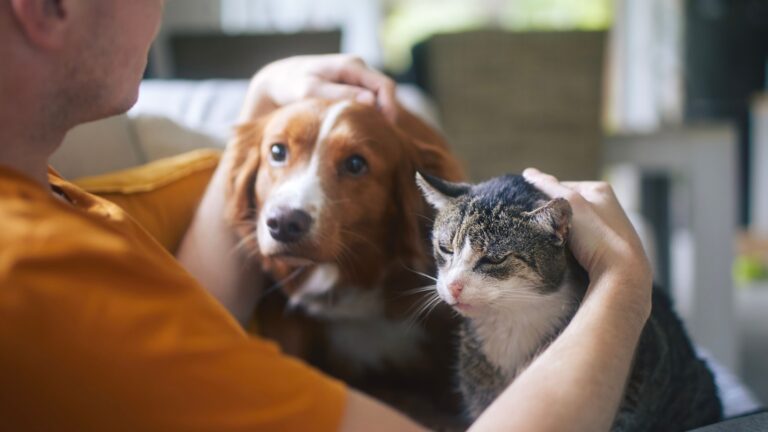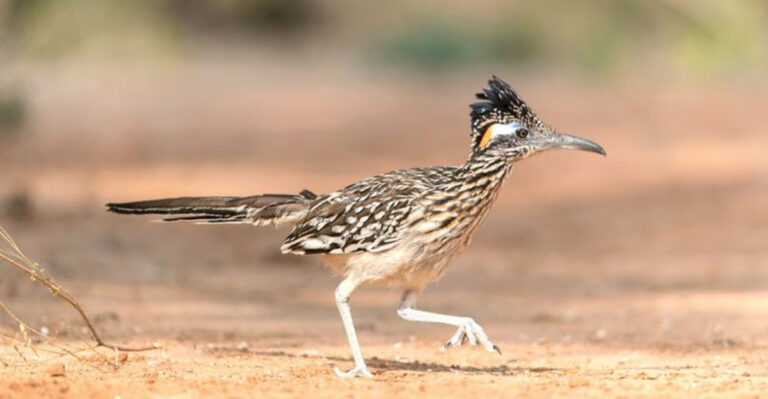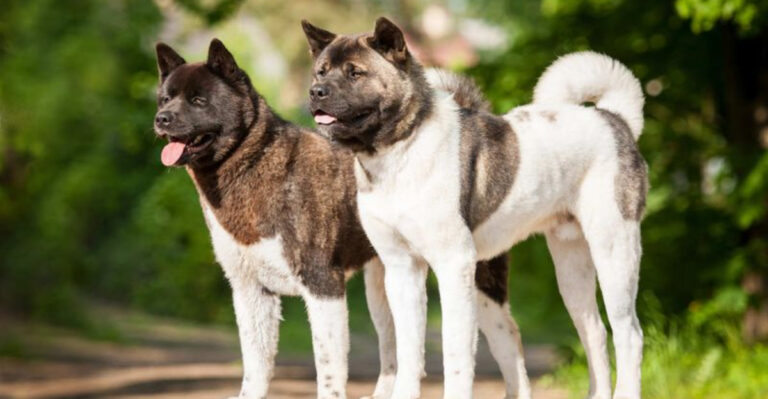8 Reasons Why Dogs Chew Their Paws? A Veterinary Dermatologist Explains
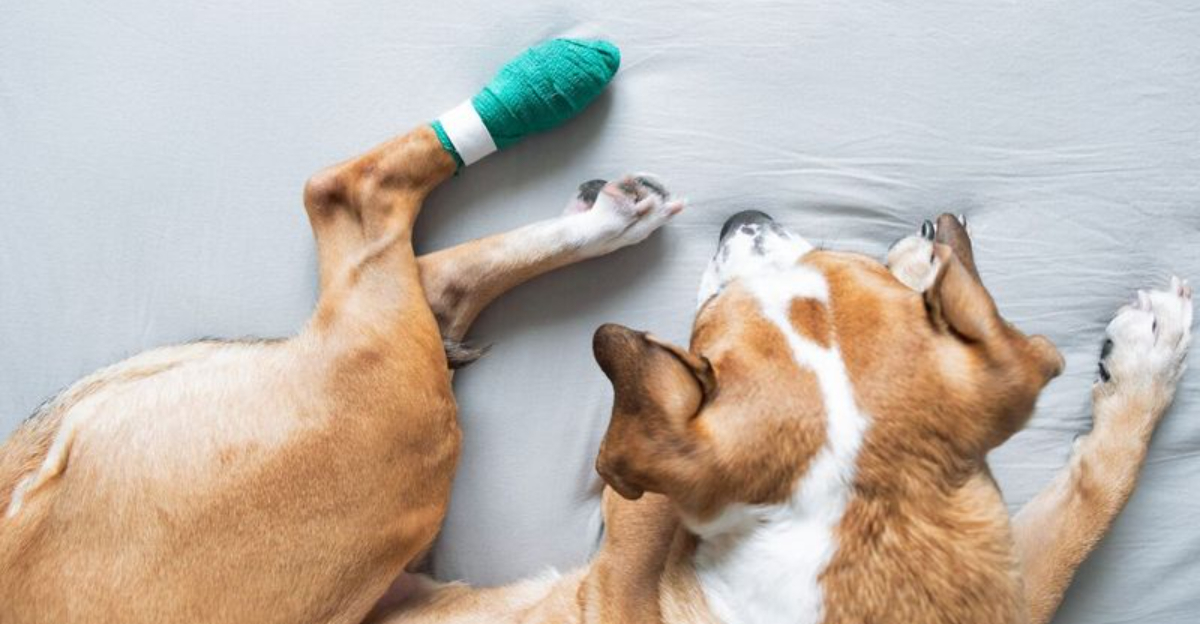
Dogs chewing on their paws is a common behavior that many pet owners observe, but it can be concerning if it happens excessively.
Understanding the reasons behind this behavior can help you address any underlying issues and ensure your furry friend remains healthy and happy.
A veterinary dermatologist sheds light on some possible causes of why dogs engage in this perplexing habit.
1. Cleaning
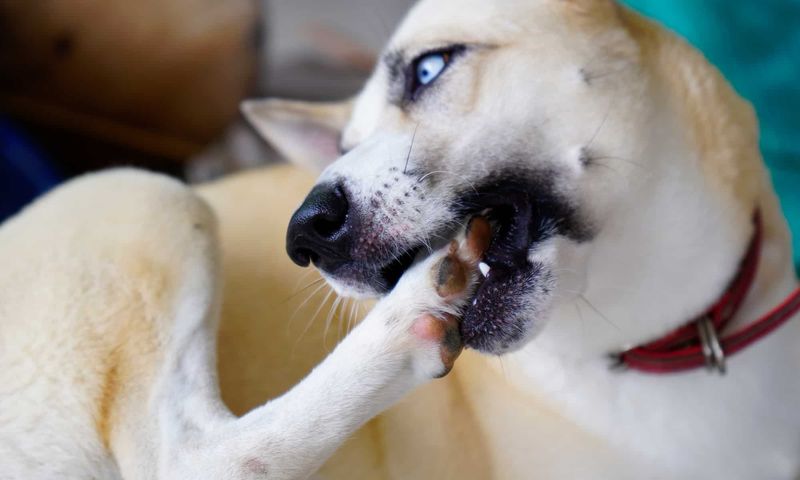
Dogs are naturally inclined to groom themselves, much like their feline counterparts. When a dog chews or licks its paws, it might simply be engaging in a cleaning ritual.
This behavior is especially common after a dog has been outside, where it may have picked up dirt, debris, or other substances. The act of licking and chewing helps them remove these particles, ensuring their paws remain clean.
While this may seem harmless, excessive cleaning can sometimes lead to other issues. If a dog is constantly chewing its paws, it can cause irritation to the skin, potentially leading to infections or sores.
Pet owners should monitor the frequency of this behavior to determine if it falls within normal grooming habits. Providing your dog with regular baths and paw checks can also help in minimizing the need for excessive self-cleaning.
Clean paws are less likely to be a source of irritation, thus reducing the likelihood of over-chewing. If you notice any abnormalities, consulting a veterinarian can provide insights into preventive care.
2. Allergies
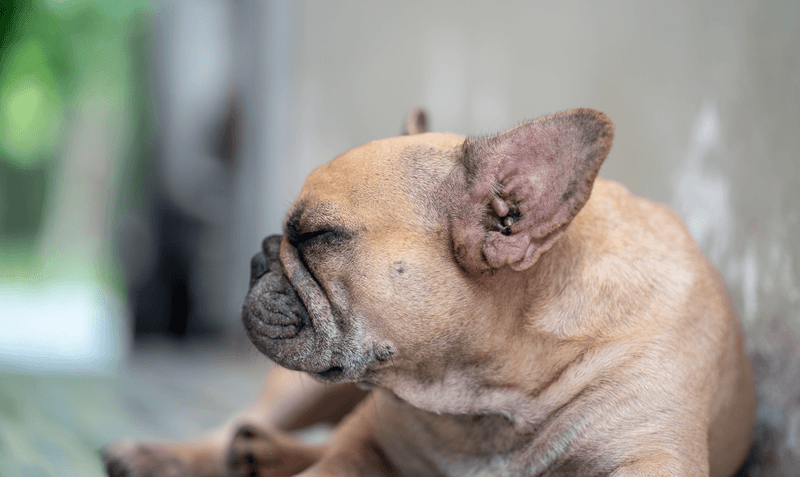
Allergies are a prevalent reason why dogs chew their paws. These allergies might be environmental, such as pollen or dust mites, or they might be food-related.
When a dog experiences an allergic reaction, it can manifest as itching or irritation, particularly on the paws, leading them to chew for relief. Distinguishing the type of allergy can be challenging, but observing when and where the symptoms occur can offer clues.
For instance, seasonal allergies might worsen during spring or fall, while food allergies can occur year-round. Switching to hypoallergenic food or using air purifiers might offer some relief. It’s essential to address the underlying cause of the allergy to prevent further discomfort for your pet.
Consulting a veterinarian can provide a tailored approach, including possible allergy testing or medication, to manage symptoms and improve your dog’s quality of life. Keeping your home and pet’s environment as clean as possible can also minimize allergen exposure.
3. Secondary Infections
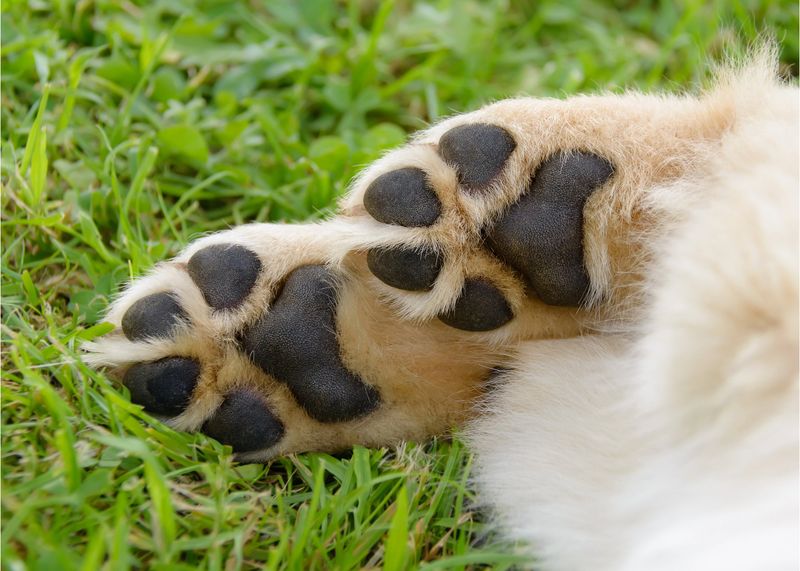
Chewing on paws can sometimes lead to secondary infections, especially if the chewing causes breaks in the skin. When a dog excessively licks or chews its paws, it can introduce bacteria and fungi from its mouth into these open wounds, leading to infections.
Secondary infections are often characterized by redness, swelling, and an unpleasant odor emanating from the affected area. The dog might also show signs of discomfort or pain when walking. These symptoms require prompt attention to prevent the infection from spreading or worsening.
Addressing these infections involves cleaning the area with antiseptic solutions and possibly administering antibiotics or antifungal medications.
A veterinarian can provide the appropriate treatment plan based on the severity of the infection. Ensuring your dog’s paws are dry and clean can help prevent such issues from occurring in the first place.
4. Trauma
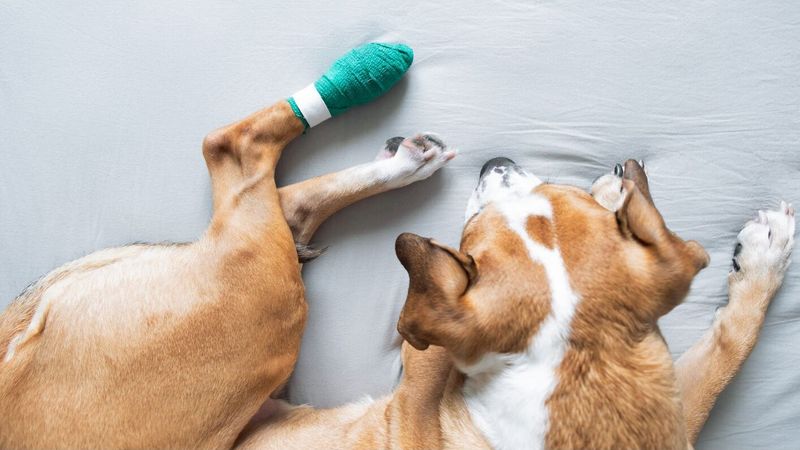
Paw trauma is another culprit for dogs chewing their paws. Trauma can occur from stepping on sharp objects, hot pavement, or even from insect bites.
When a dog experiences pain or discomfort in its paw, it might chew or lick the affected area in an attempt to soothe it. This behavior can sometimes exacerbate the problem, leading to further irritation or injury.
Observing your dog’s walking pattern can offer clues; limping or favoring one paw might indicate an underlying issue. Immediate attention is necessary to prevent complications. Inspecting your dog’s paws regularly for cuts, thorns, or other injuries can help you catch potential traumas early.
If an injury is suspected, cleaning the wound and applying a bandage can protect the area. For more severe cases, a veterinary visit is warranted to ensure proper healing and to prevent infections.
5. Secondary To Orthopedic Issues
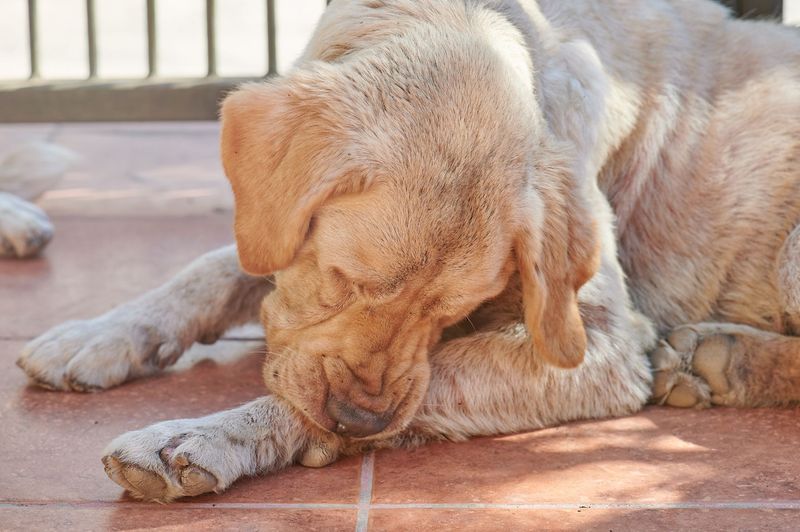
Orthopedic issues, such as arthritis or hip dysplasia, can indirectly cause a dog to chew their paws. When a dog experiences pain from these conditions, it may manifest as paw chewing as a coping mechanism or distraction from the discomfort.
Older dogs are particularly susceptible to these issues, but younger dogs are not immune. Observing changes in your dog’s mobility or behavior can offer insights into possible orthopedic problems.
They might struggle to get up, exhibit stiffness, or show reluctance to engage in physical activities they once enjoyed. Providing an orthopedic bed and maintaining a healthy weight can ease some of these symptoms. Supplements like glucosamine might also be beneficial.
Consulting with a veterinarian can offer further guidance and treatment options tailored to your dog’s specific needs, potentially reducing the urge to chew their paws.
6. Secondary To Neurologic Issues
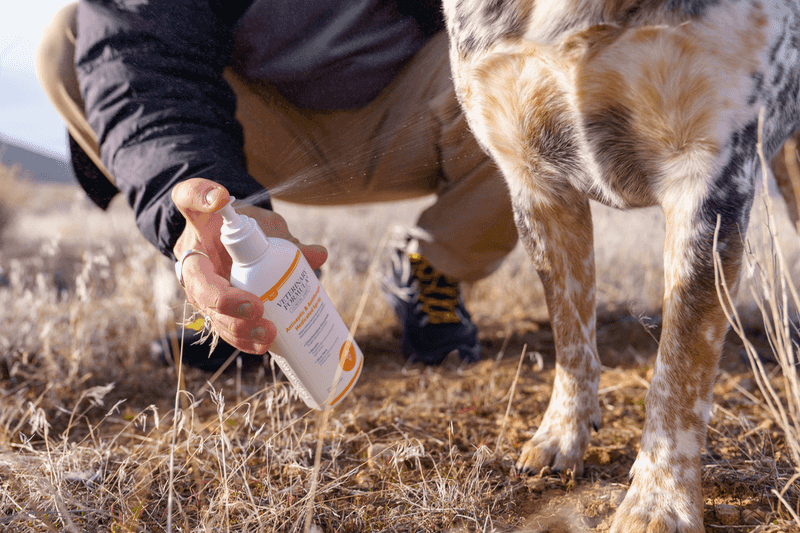
Neurologic issues can also lead to paw chewing in dogs. Conditions such as nerve damage or degenerative diseases might cause sensations like tingling or numbness, prompting a dog to chew in an attempt to alleviate these feelings.
These conditions might be accompanied by other signs, such as uncoordinated movements, changes in behavior, or sensitivity to touch. It’s crucial to pay attention to these signs and seek veterinary advice if you suspect a neurologic issue.
Treatment varies depending on the underlying condition but might include medications to manage symptoms or physical therapy to improve mobility and reduce discomfort. Ensuring a safe and comfortable environment for your dog can help manage their condition and reduce the need to chew on their paws.
7. Other Diseases
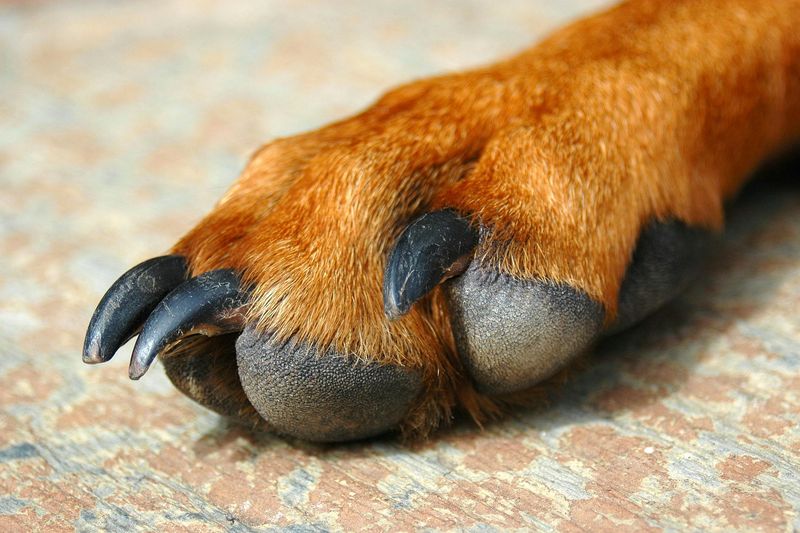
Various diseases can manifest as paw chewing in dogs. Conditions like hypothyroidism, autoimmune diseases, or even some forms of cancer can cause discomfort and lead to this behavior.
These diseases often have systemic effects, meaning they can impact multiple areas of a dog’s health. Symptoms accompanying paw chewing might include changes in appetite, energy levels, or coat condition.
Identifying these signs early can help in diagnosing the underlying disease more effectively. Regular veterinary check-ups are essential in monitoring your dog’s health and catching potential issues early.
If a disease is suspected, a veterinarian might run specific tests to determine the cause and recommend a treatment plan. Managing the primary condition can often reduce the secondary symptom of paw chewing, improving overall well-being.
8. Behavioral Issues
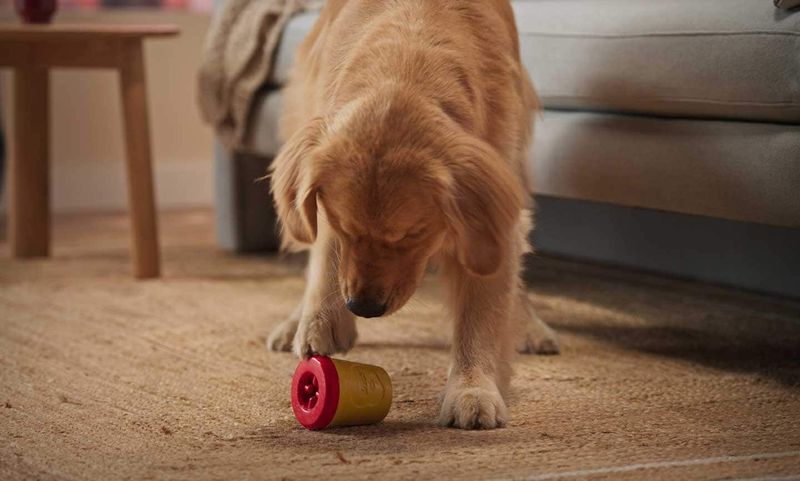
Behavioral issues, such as anxiety or boredom, can lead dogs to chew their paws. Dogs, much like humans, can experience stress, and repetitive behaviors like paw chewing might be a coping mechanism.
Boredom, too, can play a role, as a lack of stimulation might lead a dog to find ways to entertain itself. Understanding the root cause of this behavior is essential. Providing adequate physical exercise and mental stimulation can help alleviate boredom and reduce stress.
Activities like puzzle toys, interactive play, and regular walks can make a significant difference. If anxiety is suspected, creating a calming environment and possibly using anxiety-reducing products can be beneficial.
Consulting a veterinarian or a professional dog trainer can provide strategies to manage behavioral issues, ensuring your dog remains happy and healthy.



